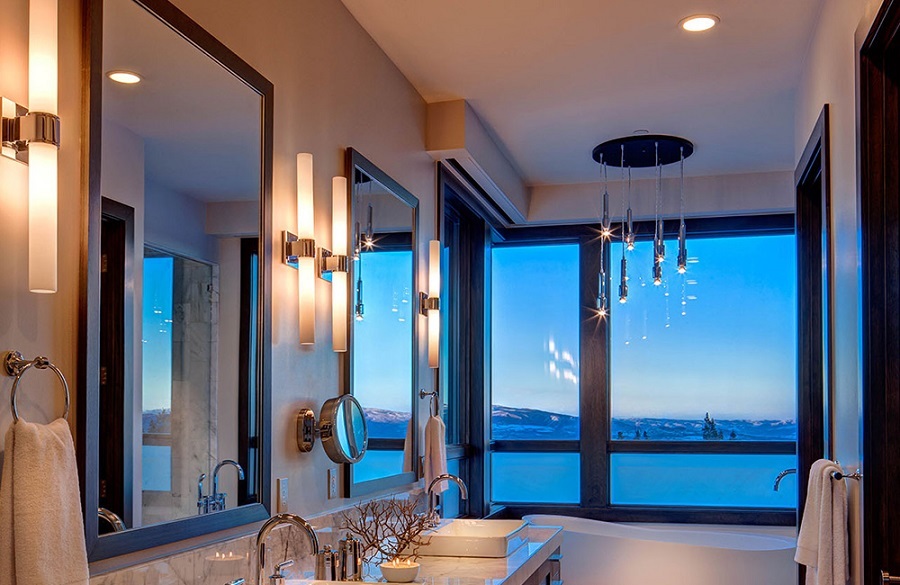4 Deadly Sins of Residential Lighting and How to Atone for Them
How Good Lighting Design Can Cure Lighting Ills

You may not think about lighting until there's something wrong with it. If your kitchen is dimly lit, it doesn't make it a great place for food preparation. If you struggle to read a magazine in your family room because either the nearby lamp isn't right or the overhead lights add too much glare, you'll notice that also. If your light color temperature is "cool" and reminds you of fluorescents, chances are you will be bothered by it.
All of these things are examples of lighting not being up for the task at hand, whether it’s working, relaxing, cooking, reading, or trying to find your way down a dark hallway. Good residential lighting design is part art and part science, and when done correctly, your Atlanta, GA home will shine – pardon the pun.
Keep reading below for four deadly sins of home lighting and how you can correct them.
SEE ALSO: GHT Group Adds Home Lighting Design Services
Uneven Lighting
Some rooms are simply not lit correctly. Think of the bathroom with a bright light overhead and the sink area, but a shower with no light or not enough lumens. Larger living areas, like great rooms and family rooms, sometimes have similar problems. In those rooms, overhead lights might either create glare or simply not emit enough light. Some corners of the room may be darker. Layered lighting is the cure for uneven lighting, and takes into account room usage, seating areas, and features like artwork that require the right illumination to appreciate fully. Layered lighting is not a hammer to solve all problems; it digs into a varied lighting toolbox to build a solution.
Glare
Too bright lighting can cause glare from furniture, TV screens, and even flooring. Glare leads to eye fatigue. The solution is to not rely on too few bright lights, but an even spread of lighting sources that can also be appropriately dimmed to have the right amounts of light for the activity and time of day. The combination of lights used will depend on the room layout, windows, window treatments, finishes, ceiling heights, and other details.
Fatigue
As mentioned above, you intuitively know when bad lighting fatigues you, whether it's too much or too little. Even natural light can be fatiguing if there's too much glare. Two technology solutions come to the rescue here: motorized shades and tunable lighting. Powered shades and window treatments can deftly and effortlessly cut glare from sunlight and filter natural light just so. Tunable white light can mimic natural sunlight and vary light throughout the day to be in tune with our natural rhythms. Brighter, cooler-toned light like daylight helps for energy and focus, while dimmer, warmer tones like the setting sun help relax us into the evening for better rest and sleep.
Rigid Lighting
Lighting that doesn’t easily adapt to what you want to do is not serving your purposes. Enjoying a book or magazine versus watching TV or settling in for a movie requires different lighting to enjoy the experience and avoid eye strain. That's where lighting control can help, along with layered lighting design. Lighting control can help set the scene for any activity, with some lights bright, some dim, or whatever combination makes sense for what you want to do. And lighting control makes it happen at the touch of a button, so you’re not wrestling with replicating the lighting scene you want every time.
If you suffer from any of these lighting sins, let GHT Group show you what you can do with our professional residential lighting design services. Get in touch with us here, or click below to quickly connect with one of our Control4 experts. We look forward to working with you!